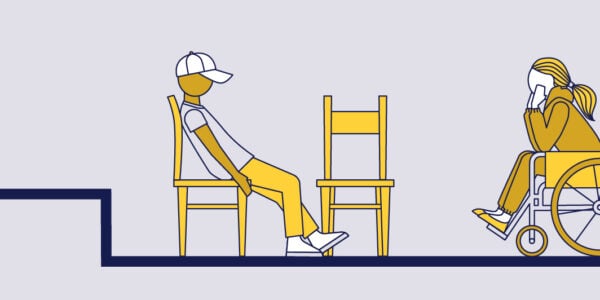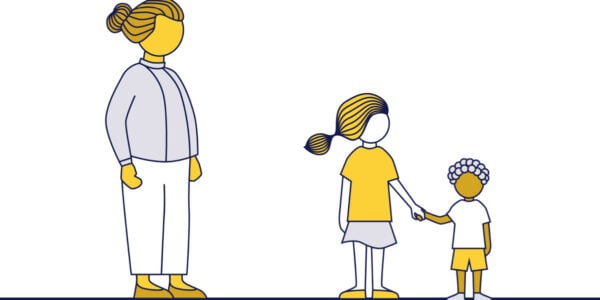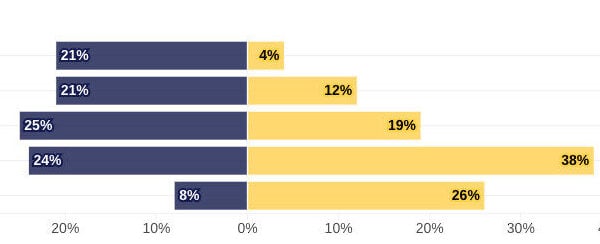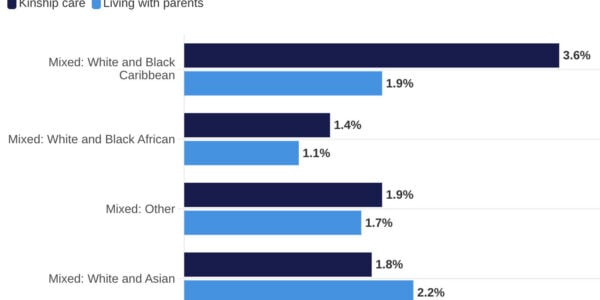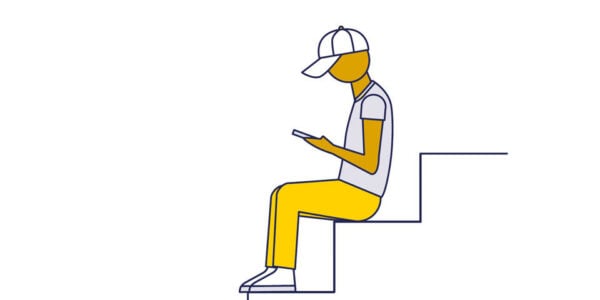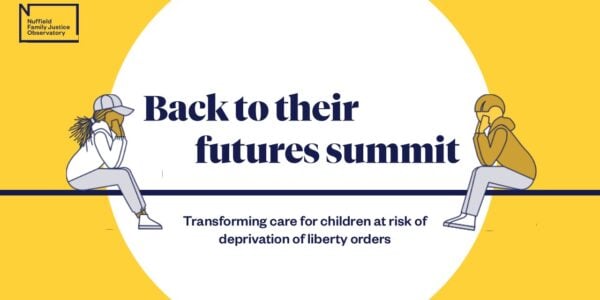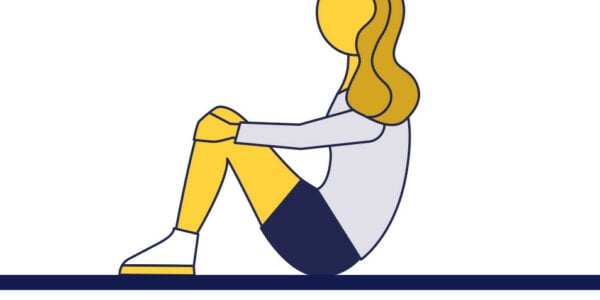In this short blog we share previously unpublished data about the number of 16 and 17 year-olds deprived of their liberty in the Court of Protection, and compare this to the number of applications received by the national Deprivation of Liberty (DoL) court over the same period.
Multiple legal routes to depriving children of their liberty
There are multiple legal routes to depriving a young person aged 16 and 17 of their liberty (see Parker, 2022 for further information and discussion about the legal mechanisms for depriving children of their liberty). This includes via the inherent jurisdiction of the high court (Family Division) and via the Mental Capacity Act 2005.
- The inherent jurisdiction of the high court can be used to authorise a child’s deprivation of liberty when other statutory mechanisms do not apply (for example, the child cannot be placed in a secure children’s home under s.25 of the Children Act 1989). It applies to looked-after children aged under 18, and authorises the placement of a child in an unregulated secure placement. Since July 2022, all cases to deprive a child of their liberty under the inherent jurisdiction have been issued at the National DoL Court (soon to be renamed the National DoL List).
- The Court of Protection deals with applications to deprive adults – and some children aged 16 and 17 – of their liberty under the Mental Capacity Act (MCA) 2005. It will apply to children aged 16 and 17 who lack the capacity to make decisions about their care arrangements (for example because of a learning disability). The court can authorise a deprivation of liberty in any setting, so it can cover young people’s placements in residential schools, children’s homes and hospitals as well as the care arrangements in the family home. The MCA might be used as an alternative to the inherent jurisdiction for a child aged 16 or 17 if they are not in care at the time of the application and/or their care arrangements are likely to continue into adulthood (e.g., arising due to a physical or learning disability).
Young people hidden from view
National statistics about the number of children deprived of their liberty under the Mental Capacity Act 2005, or via the inherent jurisdiction of the high court, is not published by the Ministry of Justice (MoJ). This means we don’t have consistent information about how the number of children being deprived of their liberty is changing over time.
Since July 2022, when the national DoL court was established, Nuffield Family Justice Observatory has been collecting and publishing data relating to applications to deprive children of their liberty under the inherent jurisdiction. We have also been provided with a snapshot of the number of applications relating to 16- and 17-year-olds received by the Court of Protection from the 1st April to 31st May 2023.
How many children are there?
Our data shows that, between the 1st April and 31st May 2023, a total of 32 applications were received by the Court of Protection to deprive the liberty of 16 and 17 year-olds under the MCA.
Over the same time period, 61 16 and 17 year-olds were the subject of applications to the national DoL court (out of a total of 166 applications for children of all ages).
This suggests just under 100 16 and 17 year-olds were subject to applications to deprive their liberty in a two month period. More applications are made via the inherent jurisdiction of the high court than via the Mental Capacity Act 2005.
- Previous data provided to the Children’s Commissioner for England by the MoJ for the three years 2017-2020 showed that in 2019/20 59 children were detained under the MCA across England and Wales. This was an increase on the previous year (43 children) and a decrease on the number reported in 2017/18 (89 children). More recent data is not available.
Without further data it’s difficult to know if this two-month snapshot is representative of the total number of applications in the Court of Protection this year. But nonetheless it seems likely that, given over 30 applications were issued in just a two-month period, the total number of applications this year will be higher than previous years, suggesting more and more 16 and 17 year-olds are being deprived of their liberty in the Court of Protection.
Filling the gap
Young people aged 16 and 17 who are detained under the Mental Capacity Act 2005 make up a small but important group of the total number of children who are being cared for in settings that restrict their liberty in England and Wales. Without up-to-date, regularly published national data we are unable to build a full picture of the number of children and young people deprived of their liberty in England and Wales.
Acknowledgements
We thank HHJ Hilder for her assistance in collating information about the number of cases involving 16 and 17 year-olds in the Court of Protection.

